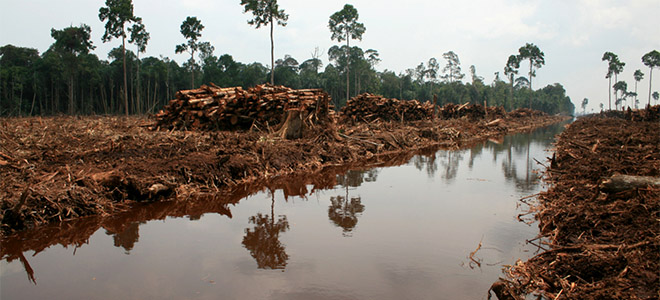by Steven Vanderheiden
Midwest Studies In Philosophy, 2016
Climate justice scholars have in recent years devoted considerable attention to the development and application of justice principles and frameworks to the architecture of global climate change mitigation and adaptation efforts. The resulting scholarly literature is now rife with burden-sharing or resource-sharing mitigation prescriptions that call for far more aggressive actions than are ever considered as viable policy options, along with proposals for singular or hybrid principles for assigning adaptation liability that follow sound normative analyses but have gained little traction among policymakers (Gardiner 2013; Harris 2016; Moellendorf 2014; Vanderheiden 2007). With their gaze fixed primarily upon macro-level substantive policy outcomes, scholars have paid less attention to the way that justice might be applied at other levels of analysis and operationalized through the institutions of international climate policy development and implementation.
As a result, there now exists a rich scholarly literature on how much various state parties should contribute toward mitigation efforts or in adaptation aid, but little analysis of the links between the functioning of policy development institutions like those of the United Nations Framework Convention on Climate Change (UNFCCC) or the implementation of mechanisms like REDD (Reducing Emissions from Deforestation and forest Degradation), which work toward the practical realization of climate justice. Indeed, the “justice” analysis of climate justice has been largely preoccupied with the international allocation of resources or burdens, rather than focusing upon allocations of such resources or burdens at other scales, procedures by which policies are developed and implemented, or how such resources are to governed. As a result, the gap between what scholars have called for as a matter of climate justice and what is politically and institutionally feasible has grown, with ideal theory work on environmental justice ironically making its own prescriptions appear to be decreasingly obtainable in consequence of their widening distance from the practical political means available for bringing them about.
This feasibility gap is, of course, no objection to the important work that has been done in articulating climate justice imperatives through normative principles and analytical frameworks of political theory and philosophy. As a critical discourse, climate justice necessarily stands at some distance from that which is politically feasible, and its absence of practical manifestation need not count against its critical power. Rather, the observations above are meant to highlight the narrow purview of much of the existing climate justice literature, which has richly developed analyses of the substantive ends of international climate policy—chiefly, the protection against exacerbated inequality resulting from either climate change itself or the policy measures adopted to address it—while paying comparatively little attention to the several other justice imperatives that apply to those same problems and policy efforts. Here, I hope to expand this purview by examining how justice might apply to other scales and aspects on international climate policy, along with how the causal or conceptual links between various incarnations of climate justice might sharpen understanding of the normative bases of its several imperatives. Read more …


